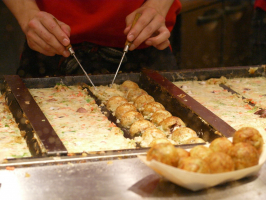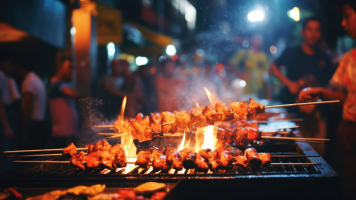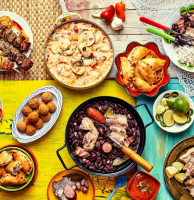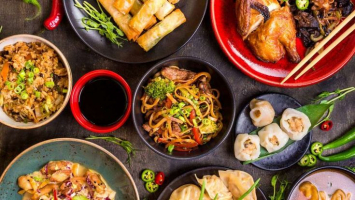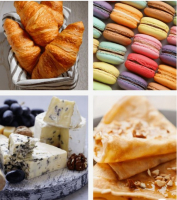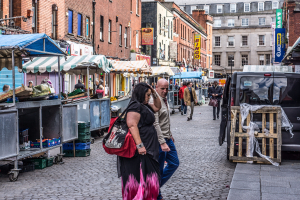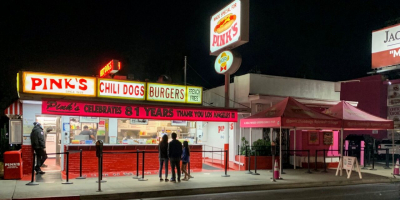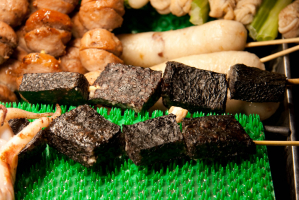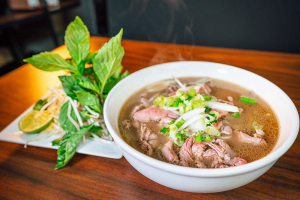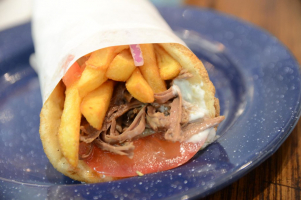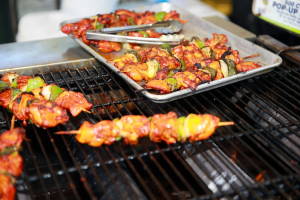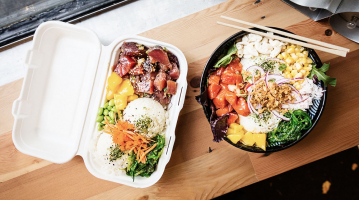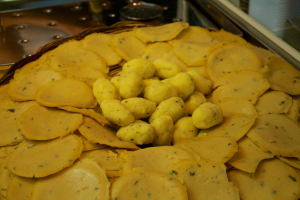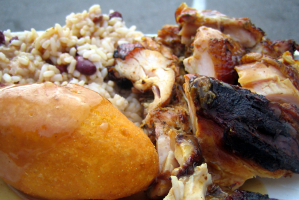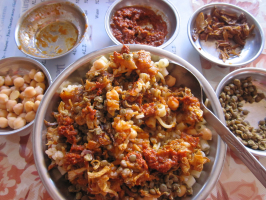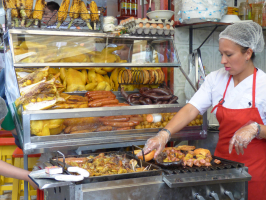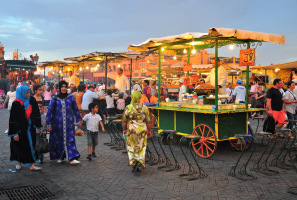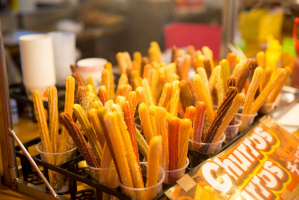Top 10 Best Street Foods in Morocco
Toplist has compiled for you a delectable list of the best street foods in Morocco. Explore the special flavors of Morocco with our guide, from savory Bstilla ... read more...pastries and grilled meat skewers to aromatic mint tea and more. So pack your bags, hit the bustling streets, and get ready for an unforgettable culinary experience in Morocco.
-
Harira, a robust and flavorful soup, proudly takes first place among the best street foods in Morocco. Known for its hearty elegance, this soup is a staple during Ramadan and a year-round delight for those seeking a nourishing and satisfying street food experience.
At its heart, harira is a tomato-based soup featuring a harmonious interplay of lentils and chickpeas. These legumes, along with optional meat—often lamb or beef—provide a creamy texture and a protein-packed punch. What sets harira apart is its aromatic symphony of spices, including ginger, cinnamon, and coriander, creating a medley of flavors that dance on the palate.
The soup is typically garnished with a sprinkle of fresh herbs, such as cilantro and parsley, adding a burst of freshness. A final squeeze of lemon juice contributes a zesty note, balancing the richness of the broth. In addition to its delicious taste, harira is lauded for its nutritional benefits. Packed with protein from the legumes and meat, fiber from the lentils and chickpeas, and an array of vitamins and minerals, it provides a wholesome and nourishing meal.
While harira is an integral part of Ramadan traditions, its popularity extends throughout the year. Beyond Ramadan, it is readily available at street food stalls across Morocco. Whether served in bustling markets or on quiet corners, the unmistakable aroma of simmering harira draws locals and visitors alike to enjoy it.
Main ingredients: lentils, fava beans, chickpeas, tomato sauce, lamb, beef, onion, garlic
Recommended place: Chez Chegrouni in Marrakesh, Morocco
Price range: around $1 to $5
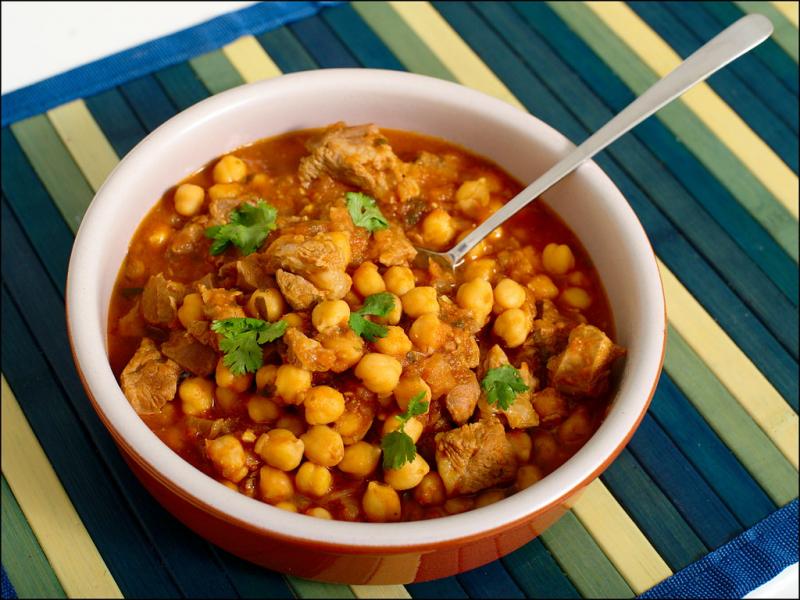
Photo by https://www.flickr.com/photos/rofi/3883532813 Video by @foodwishes -
Maakouda stands as one of the best street foods in Morocco, celebrated for its simplicity but deliciousness. This is a delectable dish consisting of deep-fried potato patties. Potatoes are the heroes here. These golden-brown delights are crafted by mashing potatoes and infusing them with a flavorful blend of spices, including aromatic herbs, onions, and sometimes harissa for an added kick.
The preparation includes forming the seasoned potato mixture into patties, which are then carefully deep-fried until they achieve a perfect balance of crispy exterior and soft, tender interior. It's like a cozy potato hug in every bite. While the classic Maakouda is a delightful marriage of seasoned potatoes, variations abound. Some recipes incorporate additional ingredients such as fresh herbs, onions, or spicy harissa, enhancing the flavor profile.
Its aroma wafting through bustling markets and the sizzle of patties frying draw you into the heart of Moroccan cuisine. You can find Maakouda reigning supreme at every street corner, market, and food stall across Morocco. It's the kind of snack that's perfect when you're on the move and craving something that's as comforting as it is yummy.
Main ingredients: potatoes, eggs, parsley, garlic, wheat flour, salt, black pepper
Recommended place: M3i9date Ba Mbarek in Meknes, Morocco
Price range: from $0.5 to $3
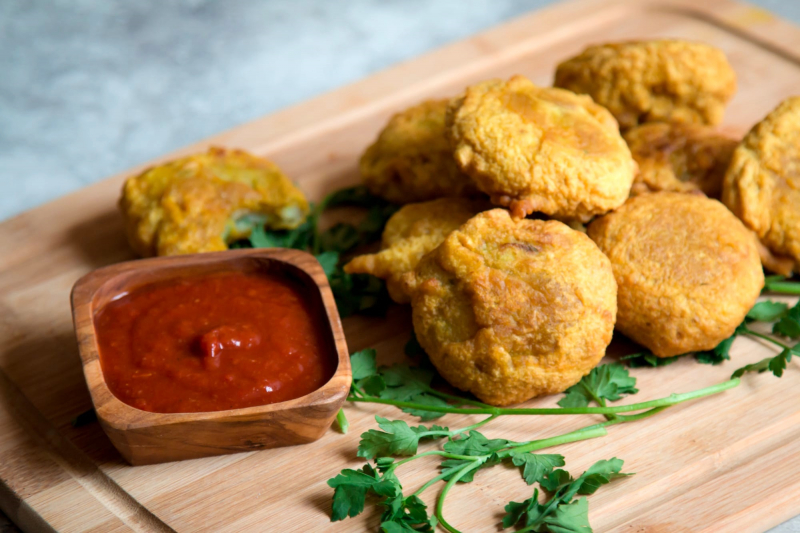
Screenshot of https://www.mymoroccanfood.com/home/maakouda-moroccan-potato-beignet Video by @KuzinaWithSimo -
Get ready for a flavor explosion with Sardine Mzeouej, a Moroccan recipe that turns simple sardines into crispy, stuffed delights. Locals cleaned and opened up these fresh sardine fish and then stuffed them with a chermoula - a mix of herbs and spices—and maybe a zesty kick of preserved lemon.
The stuffing is typically chermoula, which is made of a medley of Moroccan spices like cumin, paprika, and coriander, along with fresh herbs such as parsley and cilantro. This combo takes these little fish to a whole new level, creating a taste that screams coastal goodness. Once the cook stuffs and prepares the sardines, they coat them lightly with batter before immersing them in the deep fryer. The result? Crispy perfection on the outside, keeping the sardines tender and juicy on the inside. It's a texture party you won't want to miss.
Sardine mzeouej is the taste of tradition, celebrating the rich seafood treasures of the Atlantic and Mediterranean. Imagine you're by the seaside or in a vibrant market in Morocco. Close your eyes and inhale deeply as the tantalizing scent of Sardine Mzeouej fills the air. In every crispy bite, you're savoring the essence of Moroccan culinary brilliance—casual, aromatic, and downright delicious.
Main ingredients: sardines, flour, cumin, paprika, coriander, parsley, cilantro, olive oil, lemon, hot peppers, garlic, salt
Recommended place: Jemaa el-Fna in Marrakesh, Morocco
Price range: around $1.5 to $3
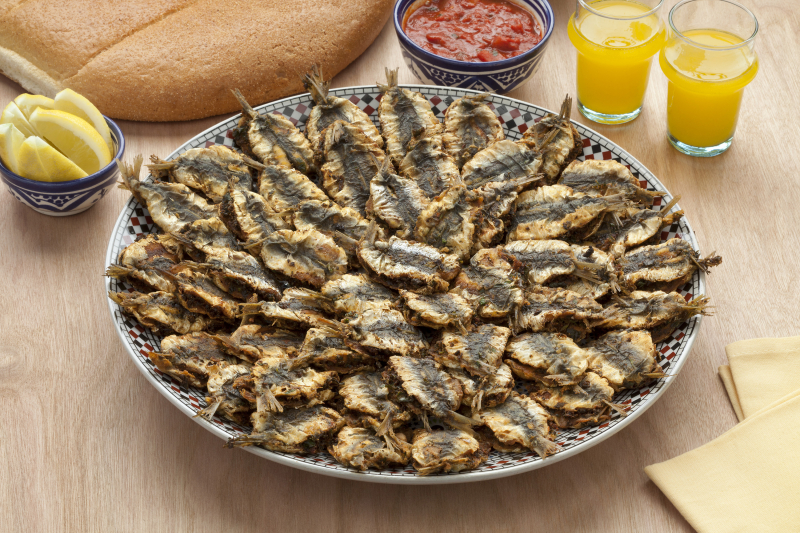
Screenshot of https://www.tasteatlas.com/sardine-mzeouej Video by @simomasterchef1282 -
Khobz, a traditional Moroccan bread, is a ubiquitous and beloved street food across the country. Its preparation starts with simple ingredients—flour, water, yeast, and a pinch of salt—yet the result is a chewy, slightly crispy bread that complements a variety of dishes. Khobz is no ordinary bread; it's a testament to the skilled hands and traditional techniques passed down through generations.
What makes khobz truly remarkable is its versatility. Whether it takes the form of round loaves, oval shapes, or even flat disks, it adapts to various culinary needs. It can be a sidekick to savory dishes or transform into a base for sandwiches and wraps. Found on every Moroccan table, khobz serves as the perfect accompaniment to kefta tagines, stews, and a myriad of delectable meals.
The sight of vendors skillfully preparing and serving khobz-based delights is an integral part of Morocco's unique street food culture. Eating khobz on the streets of Morocco is not just about a meal; it's a Moroccan-style communal experience. Joining locals at a khobz stand, you'll witness a communal atmosphere where people gather to enjoy a quick, delicious meal and engage in casual conversations.
Main ingredients: all-purpose flour, yeast, water, salt, sugar, olive oil
Recommended place: Found in numerous bakeries, eateries, and markets across Morocco
Price range: $0.3 to $1.5
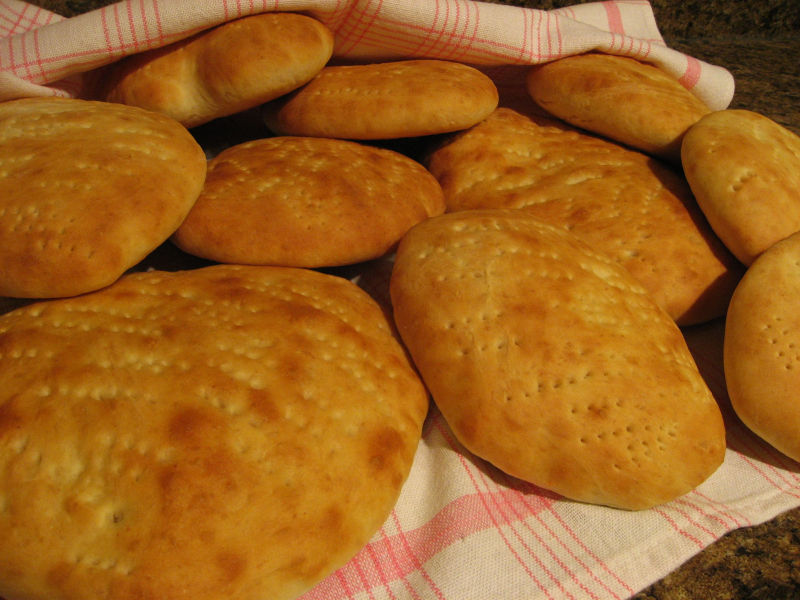
Photo by https://commons.wikimedia.org/wiki/File:Tekakor.jpg Video by @cookingwithalia -
As one of the best street foods in Morocco, brochettes are all about the grill. These skewers, laden with succulent pieces of meat, are expertly cooked over charcoal grills, infusing them with a smoky aroma that permeates the bustling streets.
One of the defining features of Moroccan brochettes is the variety of meats on offer. From tender lamb and chicken to flavorful beef or merguez sausages, the skewers cater to diverse taste preferences. Before hitting the grill, the meats take a flavorful dip in Moroccan spice marinades. Imagine a mix of cumin, coriander, paprika, garlic, and other aromatic spices coming together to create a rich and mouthwatering coating.
Ordering brochettes is like taking front-row seats at a street-side cooking show. Skewers sizzle on the grill, and the tantalizing aroma fills the air. It's a feast for the senses as the vendors skillfully turn cooking into a performance. Locals often eat brochettes with flatbreads like khobz or a side of tangy sauces and salads.
From the markets of Marrakech to the seaside towns like Essaouira, brochettes are everywhere in Morocco. Whether you're exploring the narrow streets of the medinas or taking in the sea breeze on the coast, the smell of grilling brochettes is an invitation you can't resist.
Main ingredients: meat (lamb, chicken, beef, or even merguez sausages), marinade, accompaniments (khobz, sauces, salads, pickled vegetables), spices, olive oil
Recommended place: Marché Central in Casablanca or Jemaa el-Fna in Marrakesh, Morocco
Price range: approximately $2.5 to $4
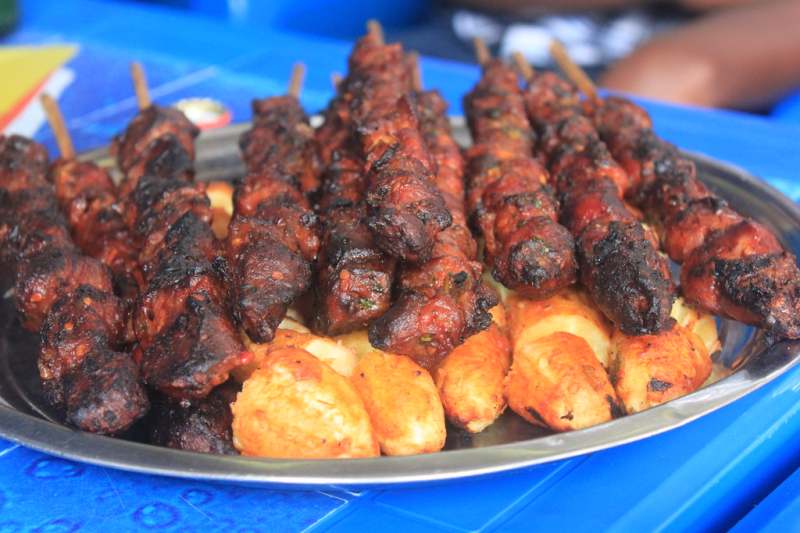
Photo by https://www.flickr.com/photos/counterculturecoffee/7508117634 Video by @dwnews -
Msemen is a tasty Moroccan dish that's like a special kind of flat bread. People in Morocco love making and eating it, and it's a bit different from regular bread you might be used to. This traditional flatbread is made from simple ingredients like flour, semolina, water, yeast, and a pinch of salt. The magic, however, lies in the way it's prepared and cooked.
Moroccans carefully kneaded the dough until it reached a soft and elastic consistency. They divided it into small portions and generously coated it with a mixture of butter and oil. Then comes the folding part – the dough is folded multiple times to create layers, making the Msemen all flaky and delicious. Once the dough is ready, it's cooked on a hot griddle or skillet until each side turns golden brown. This gives Msemen crispy outer layers and a soft interior.
Navigating the narrow alleys of Moroccan markets, the scent of freshly cooked Msemen wafts through the air, enticing food enthusiasts. Follow your nose, and you'll find skilled street vendors expertly preparing and grilling these delectable squares. Enjoy it on its own, drizzled with honey, or paired with savory accompaniments like cheese, olives, or a smear of amlou (a traditional Moroccan spread made with almonds, argan oil, and honey). Msemen is truly a must-try street food for your Morocco trip.
Main ingredients: all-purpose flour, semolina flour, yeast, water, salt, butter or oil
Recommended place: Babakoul in Tamraght, Morocco
Price range: from $0.5 to $3
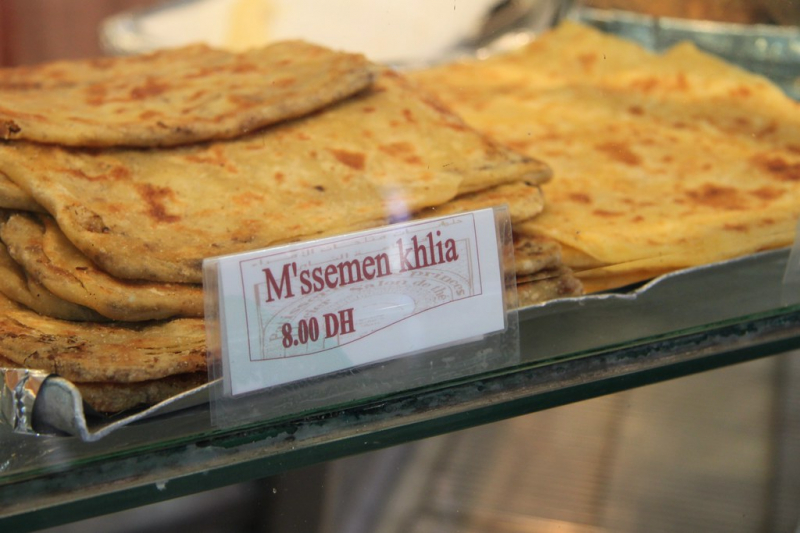
Photo by https://www.flickr.com/photos/geographyalltheway_photos/6935110470 Video by @settime2588 -
Pastilla, also known as Bstilla, is a yummy and cherished Moroccan dish that beautifully blends savory and sweet flavors. Pastilla is a savory pie traditionally filled with shredded meat, often chicken or pigeon. The meat is simmered with an array of aromatic spices, such as cinnamon, ginger, saffron, and sometimes coriander, giving Pastilla a distinctive taste. The filling typically includes a mixture of cooked and seasoned meat, along with almonds and occasionally beaten eggs, all encased in layers of thin, delicate pastry, often resembling phyllo dough.
While the traditional filling revolves around meat, variations of pastilla can cater to different preferences, with some incorporating seafood or vegetables. To add a touch of sweetness and richness, they often dust the pastilla with powdered sugar and ground cinnamon. Some variations also include a sprinkle of toasted almonds or crushed pistachios on top, providing a funny crunch.
Families in Morocco often enjoy pastilla during celebrations and special times. It's not just a dish; it's a tradition and a way of bringing people together. The mix of spices, the tender chicken, and the crunchy almonds tell a story of good times and family. It's like a warm hug from Morocco. So, the next time you’re in Morocco, don’t miss out on this excellent pastry!
Main ingredients: flour, squab or chicken, almonds, eggs, butter, onion, garlic
Recommended place: Dar Hatim in Fes, Morocco
Price range: from $1 to $2
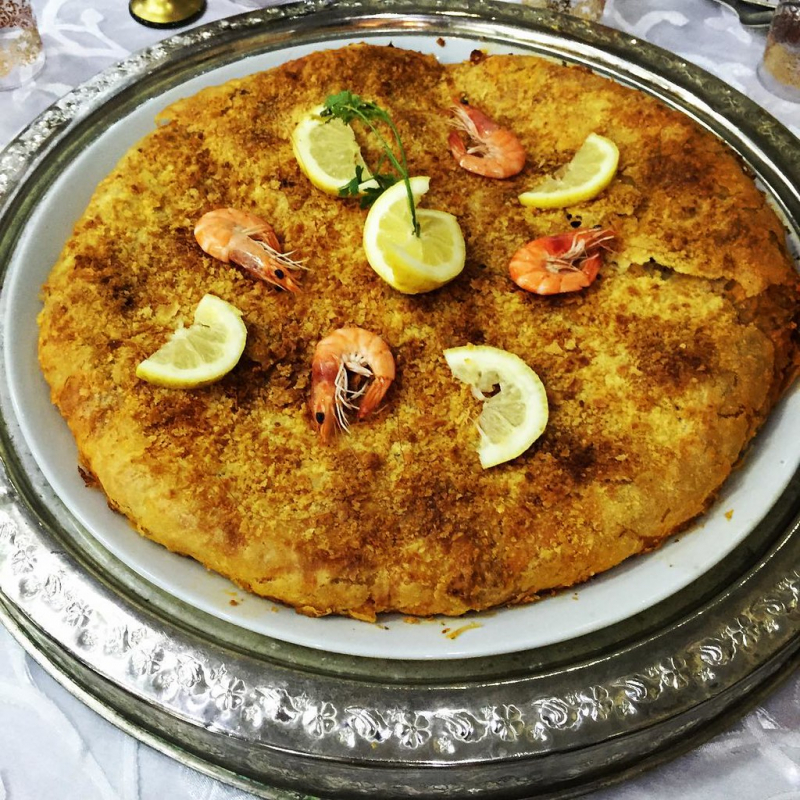
Photo by https://www.flickr.com/photos/hichamblog/19985999192 Video by @bohemiankitchen -
Sfenj, the rockstar of Moroccan street food, takes you on a taste adventure with its rebellious doughnut vibe. Picture this: golden and fluffy on the outside, soft and pillowy on the inside. That's Sfenj. Sfenj is made from simple ingredients you probably have in your kitchen: flour, yeast, sugar, salt, and water. Mix them up, let the dough hang out and rise for a bit, and you've got the base for these funny fritters.
What's unique about Sfenj is their shape. Instead of the typical round form, Sfenj is usually stretched into a sort of oval or ring shape before being deep-fried beautifully. But here's the sweet twist—a shower of powdered sugar as the final touch. It's like the sweet cherry on an already amazing sundae. That sweetness meets the slightly savory dough, creating a party in your mouth.
The appeal of sfenj lies in its simplicity and accessibility, making it a popular snack throughout Morocco. So, my friend, the next time you're in the mood for a delightful, friendly treat, give Sfenj a try. Whether you're a food expert or just looking to satisfy your sweet tooth, Sfenj is here to make every moment a little sweeter and a lot more fun.
Main ingredients: flour, water, yeast, salt, sugar, powdered sugar
Recommended place: patisseries in Casablanca or local bakeries in Fes Medina, Morocco
Price range: around $0.5 to $2
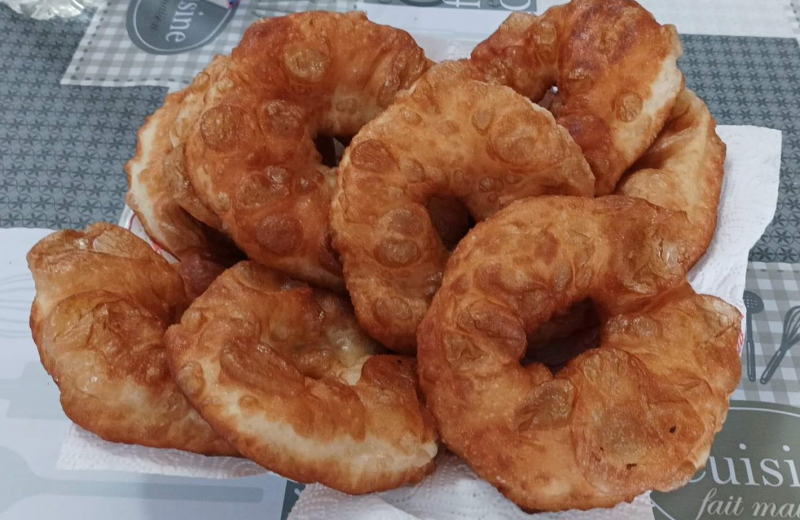
Photo by https://commons.wikimedia.org/wiki/File:Sfendj_algerie.jpg Video by @InsiderFood -
Picture this: wandering through the bustling streets of Marrakech or Casablanca, and there they are—bowls of Moroccan olives, beckoning you with their vibrant colors and enticing aromas. Now, these aren't your average olives; they're like the cool kids of the Mediterranean grove. You've got the Picholine ones, mild and buttery, and the Beldi ones, packing a punch of briny goodness.
The curing process is a key element in preparing Moroccan olives. Olives are traditionally cured with a mixture of salt, water, and sometimes herbs or spices, enhancing their taste profile. This meticulous method contributes to the olives' versatility in many Moroccan dishes, from salads and tagines to couscous.
For just a few dirhams, you can indulge in a handful of these savory treats, making them an ideal on-the-go snack or an accompaniment to other street fare. These olives carry the stories of sun-drenched groves, ancient traditions, and Moroccan hospitality. It's the kind of street food that captures the essence of Morocco—flavorful, communal, and always ready to surprise your taste buds.
Main ingredients: olives, salt, water, herbs and spices (optional)
Recommended place: Jemaa el-Fna in Marrakesk, Souk Attarine in Fes, and other local markets in Morocco.
Price range: from $1 to $5
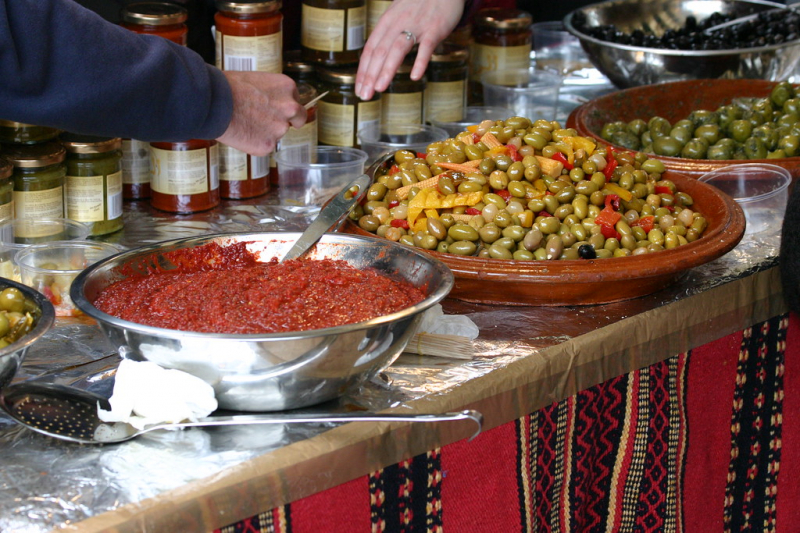
Photo by https://www.flickr.com/photos/deano/60200220/ Video by @SomethingAboutSandwiches -
Chebakia is a sweet treat hailing from the fascinating culinary landscape of Morocco. Shaped like a rose, this pastry is not just a treat for the taste buds but also a work of art. It's a star during special occasions and festivals, especially during the holy month of Ramadan.
The key ingredients in Chebakia include flour, sesame seeds, honey, rosewater, and a pinch of spices, creating a dough that's both special and yummy. What makes Chebakia unique is its intricate twisting shape, resembling a flower, which is then deep-fried to golden perfection. After taking them out of the hot oil, they dipped these flaky flowers in a sweet honey mixture and sprinkled them with sesame seeds.
In Moroccan households, making chebakia is often a cherished tradition passed down through generations. During Ramadan and special occasions like weddings or Eid, these rose-shaped pastries grace the tables, symbolizing joy and an expectation for a happy life in Moroccan culture. So, whether you're celebrating a special occasion or simply enjoying a sweet moment, Chebakia is the perfect choice for you. It is a Moroccan pastry to add a touch of sweetness to life's beautiful moments.
Main ingredients: flour, sesame seeds, honey, rosewater, spices
Recommended place: Pâtisserie Bennis Habous in Casablanca, Morocco
Price range: about $1 to $5
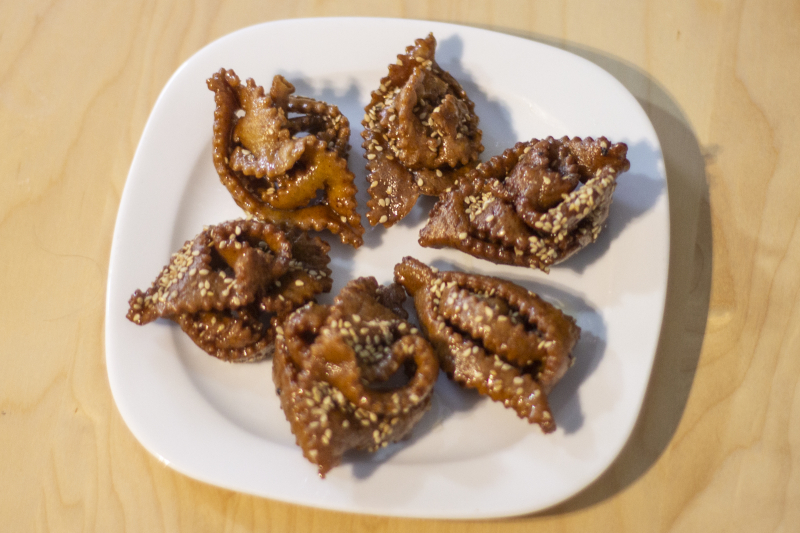
Photo by https://commons.wikimedia.org/wiki/File:Shebbaqu%C3%ADas.jpg Video by @MoroccanStreetFood












